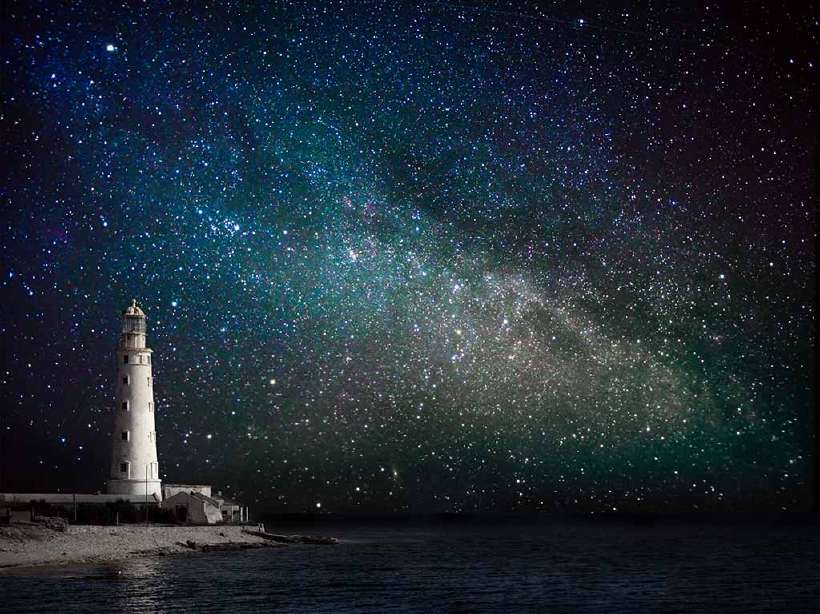Why Do Stars Twinkle?
Home / Science for Kids / 5Ws & H For Kids / Why Do Stars Twinkle?
Watching stars on a moonless night can be an quite an interesting experience. As clusters of stars take familiar forms – of a bear, a man in armor wielding a sword, millions of other stars simply twinkle. As if they were playing hide and seek with one’s eyes.
We all know that each star is actually like the sun. And the huge collection of stars on the night sky is like a collection of many, many suns. But, the sun does not twinkle, one would point out. So why do other stars twinkle?
The sun does not twinkle. It blazes down on us. If any of the stars were close to us, they would have also blazed down on us, or even burnt us down.

The stars look different because they are far away. And the light from the stars travels a very long distance to reach us. Actually very little of the light finally manages to reach us. Besides, it passes through the earth’s atmosphere before reaching us. As the light enters the atmosphere, impurities like dust interfere its path. So, sometimes it is visible, and sometimes it is not. This effect is called twinkling.
There are certain stars in the night sky that don’t twinkle. Well that’s because they are not stars at all. They are planets. Planets do not twinkle because unlike stars they do not have their own light. They are like the moon. They reflect light from the Sun.
So what is a star? A star is born when a cloud of lots of different gases, mainly hydrogen, get together. The gas particles attract each other and slowly get compressed to form a huge mass of gases. And, as this mass grows, the temperature inside grows too. Until such time when it bursts like a bomb. This explosion creates a gas called helium, which is inflammable in nature. The helium becomes its fuel and it continues burning. Thus is a star born.
No wonder the heavier stars burn more furiously. They have bigger explosions, where more helium is released, providing more fuel. At the same time, these bigger and brighter stars have a shorter life. Why? Because they use up their fuel more quickly. The life of a smaller and lighter star can be as much as 100 times longer.
389 words |
3 minutes
Readability:
Grade 5 (10-11 year old children)
Based on Flesch–Kincaid readability scores
Filed under: 5ws and h
Tags: #planets, #stars, #gases, #atmosphere
You may also be interested in these:
Global Warming
The Baby Current Which Destroys
Why do we See a Face on the Moon